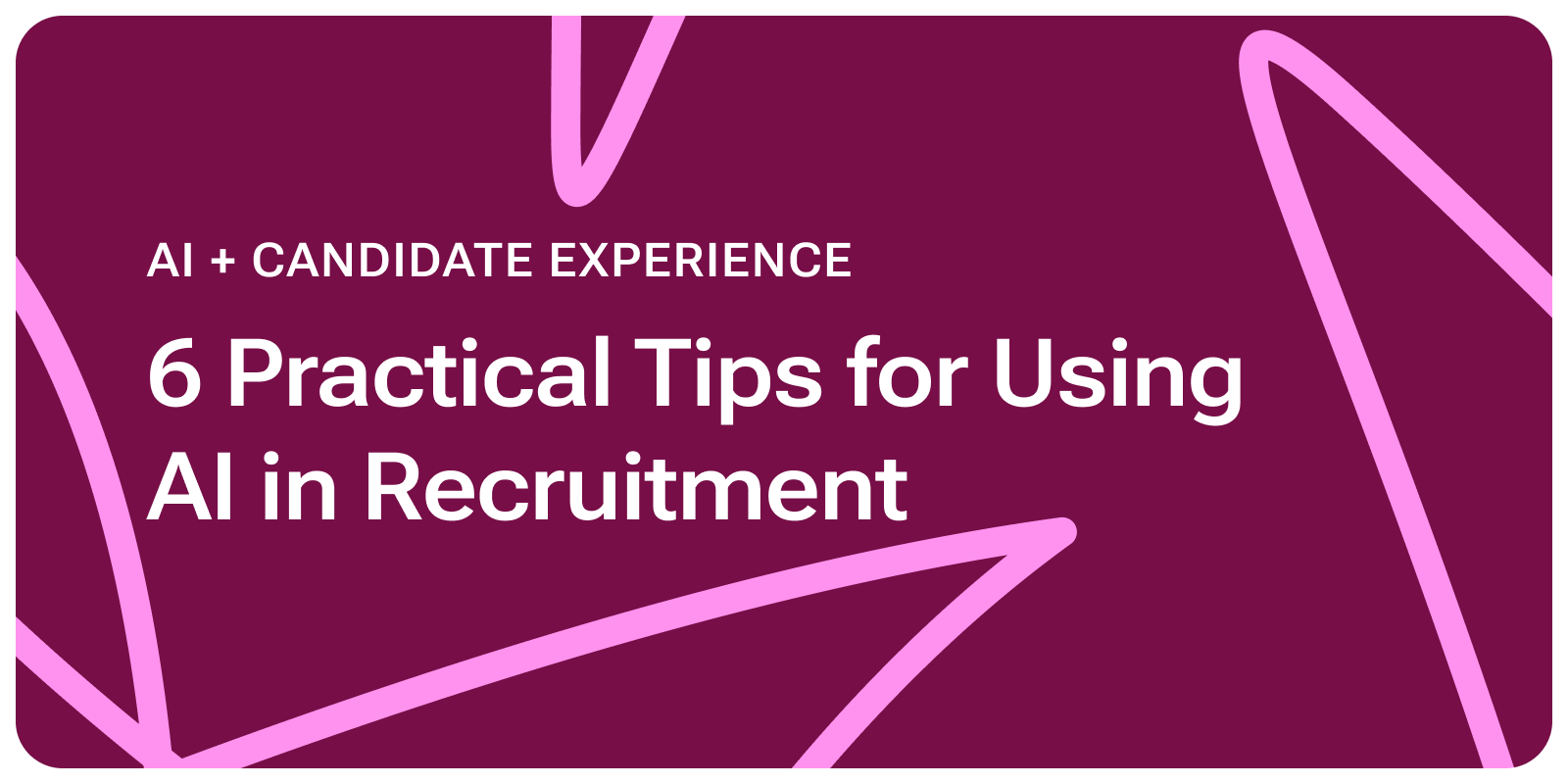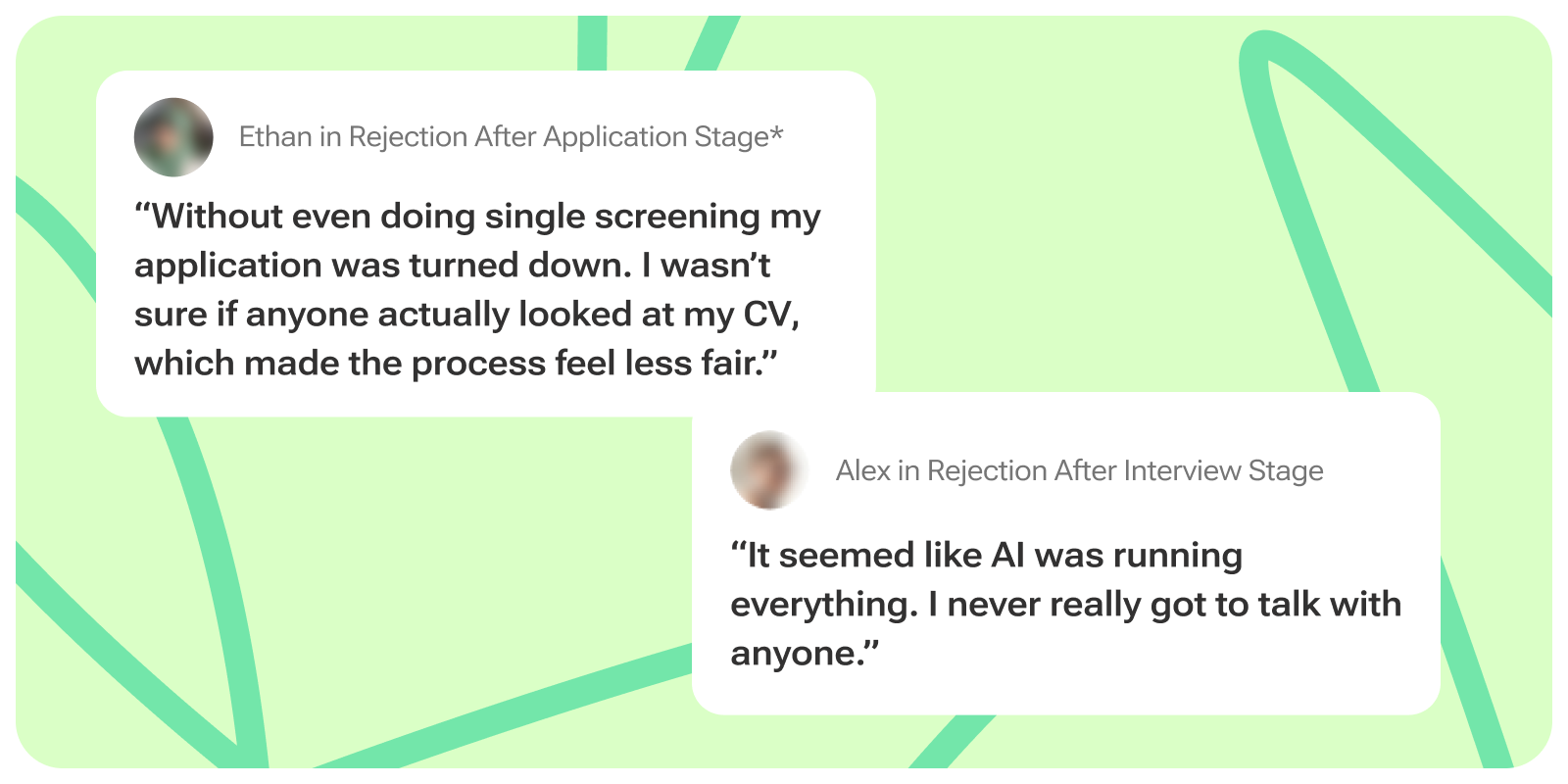Serious about your candidate experience? The steps to measure candidate NPS will look something like this.
You’ve understood the ‘why’ of Candidate Experience. You understand that it makes business sense. You’ve become serious about improving it and taking your employer brand to the next level. You’ve realized that a big, expensive research agency isn’t going to fix your Candidate Experience. You’ve decided to go with inexpensive, actionable feedback software to handle CandE in real-time. So far so good.
Ok. What's next?
After countless evenings spent “umm-ing and ah-ing,” speaking with different vendors and trawling the internet. It’s finally done! A sigh of relief. You can relax. It’s over now, you found ‘the one.’ The one happens to be a magical tool that allows you to measure Candidate NPS, helping you to improve your Candidate Journey contributing to your bottom line. It serves to measure all the nitty-gritty metrics comprising Candidate Experience. You’ll get all the data you’ve been so desperate to measure for. Ahh, the wonders of modern day technology.
But… now what? How are you going to get there? What’s next? Not to worry, help is at hand!
This article is about keeping your goals in sight and focused when setting up your Candidate Experience measurement and candidate NPS. You’ve got the right tooling. Time to get to work.

Have a plan of attack ready… Game, Set & Match!
It’s crucial you have your plan of attack ready. A tool will help you but only if you are prepared. So, let’s start with the basics.
You need to know:
- What information you’re looking to collect
- The right time to collect this information
- Why are looking to collect this information - what purpose is it serving?
Let’s look at each and the type of thinking that ought to go into your CandE planning.
What Candidate Experience information are you collecting?
Do you know the basics of Net Promoter Score?
Measure candidate NPS (cNPS) should be your go-to metric for measuring, benchmarking and improving Candidate Experience
It’s a single question asking whether or not someone would recommend you or not. With a score ranging from, 0 (not likely at all ) - 10 (extremely likely). Measuring CandE with this question will be a good way of understanding if your candidates were happy in your process.
However, when it comes to cNPS you can find out much more by asking respondents to leave comments enables you to understand the key drivers behind NPS and also giving you qualitative results. So it is always advisable to ask a further 3 - 5 questions. This allows you to gather more insights so you can later compare, contrast and correlate and focus on areas for improvement. Your cNPS survey tooling should be enabling you to do this.
Another area that is often overlooked is following up with rejected candidates. Happy candidates often make for ideal brand ambassadors - contributing to your company's bottom line, regardless of receiving an offer or not. If you’ve offered them a fair, enjoyable, respectable process then why would they not recommend it to someone else? Segmenting cNPS results in your tooling to identify your promoters means you have a direct line to leverage your rejected candidate pool for referrals.
Learn more on applying Net Promoter Score to Candidate Experience.
When should you collect your Candidate Experience data?
Timing. Timing. Timing.
To get a high response rate, you will need to make sure that you send out your survey at the right time. You also don’t want to be overwhelming candidates by asking everything all at once. So, sending out a survey to a recently rejected candidate the same day is not be recommended. Here at Starred our Candidate Experience feedback is almost always automated - so you can be smart about this and build in a time delay before sending the standard cNPS style question “Would you recommend our agency to a friend or colleague?” or “Would you recommend our hiring process?” Automating it allows you to keep feedback on the agenda and you can measure your cNPS from month to month to have a benchmark measure.
Map out your touchpoints. When does your candidate interact with your online application process/portal? When do they have contact with you? How do they find each step? Again, you don’t need to ask everyone everything. Ask a representative portion of your candidates what they think across your Candidate Journey. You’ll see where you’re excelling, and where you’re dropping the ball.
Keep coming back to the ‘why’ - Why are you measuring Candidate Experience?

The reason you’re measuring and improving cNPS is to improve your business practices. In the 2018 Staffing and Recruiting trends report from our partner Bullhorn, candidate referrals ranked as the #1 source of referrals for recruiters. As you’ll already know, candidate referrals are earned, not easily given.
Candidates tell others about their experiences during interview processes. They’ll share these experiences across social channels. Unless you want to be putting out fires on Glassdoor and Twitter then you need to keep this ‘why’ in mind. Candidate Experience metrics like cNPS serve a purpose: make your candidate experience better by learning and improving on trends. Moreover, your feedback now that you’re working in a feedback tool like Starred is that it’s happening in real-time. You can identify issues with individuals struggling in your process and correct the experience immediately.
Watch our tips on how to start improving your NPS
Summing up
Here I’ve looked at the ‘What’, ‘When’ and ‘Why’ of measuring Candidate Experience. With a buzzy term like CandE it’s all too easy to lose perspective of the endgame. Your recruitment and business practices improve with better candidate experience. These questions I’ve posed here should be what you’re asking yourself when you set objectives and deliverables for your (continuous!) candidate feedback campaign.
It will make sense to align with your marketing teams to maximise insights so that you can ask the right questions at the right time. Anyone with email marketing expertise will be able to help you get started with this.
Feedback is always important to keep on the agenda because that is where improvements are made. Measuring cNPS is not the endgame. Make it a vital metric by learning how to improve it. Higher cNPS means you’ve got more promoter candidates. More happy candidates who will recommend you to others need to be leveraged to earn more referrals.
Interested to know how easy it is to get started with Starred Candidate Experience? Let’s talk!





